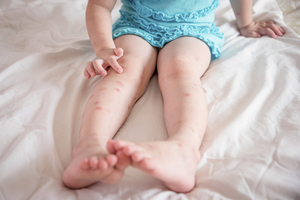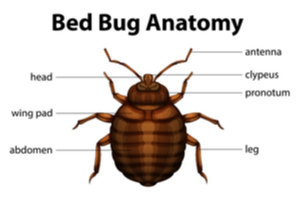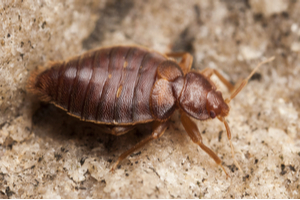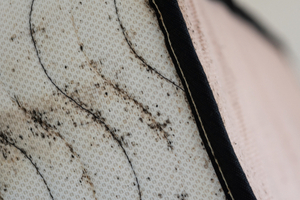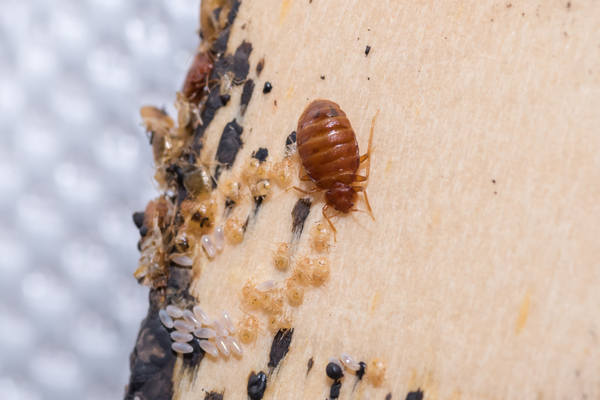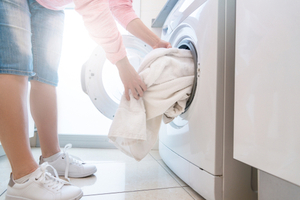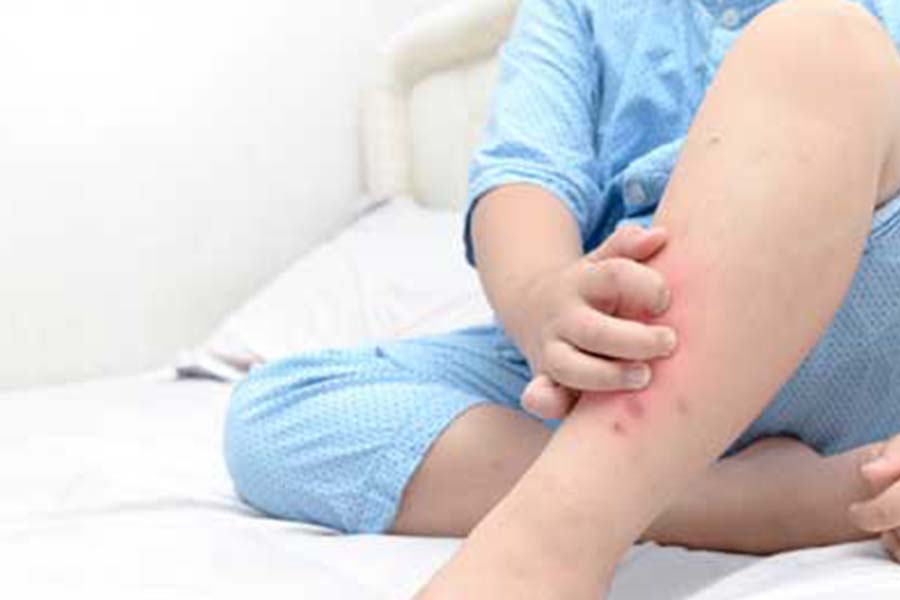
If you’ve noticed small, reddish-brown spots on your bedding or tiny eggshells in the seams of your mattress, you might be dealing with bed bugs. Recognizing the telltale signs of their presence is crucial, especially when traveling, to prevent bringing these unwanted pests back home with you.
Signs of a Bed Bug Infestation
One of the most commonly reported signs of bed bugs is their bites. While some people don’t experience any symptoms, others are left with red, itchy marks. Here are some other signs that might indicate a bed bug infestation:
- Dark Spots: Bed bug feces can leave dark, small stains on your bedding, mattress, or wherever they may be hiding.
- Blood Stains: After feeding on you during the night, bed bugs can leave behind small blood spots on your sheets or bedding.
- Molt Skins: As bed bugs grow, they shed their skins, leaving behind clear or brownish shells.
- Bed Bug Eggs and Eggshells: Tiny, white, and about the size of a pinhead, bed bug eggs are often found in hidden crevices.
- Red, Itchy Bites: Bed bug bites often appear as clusters or lines of red, itchy bumps on your skin, usually in areas exposed while sleeping.
- Unpleasant, Musty Odor: A heavy infestation of bed bugs can produce a moldy or sweet smell, emitted from their scent glands.
Are Bed Bugs Dangerous?
While bed bugs are undoubtedly a nuisance, they are not considered highly dangerous. Their bites can cause red, itchy welts, but they are not known to transmit diseases like some other pests. However, the psychological and emotional toll of a bed bug infestation can be significant. Sleepless nights, constant itching, and the fear of being bitten again can disrupt your daily life and create a persistent sense of anxiety.
Moreover, bed bugs can spread quickly, making it essential to address an infestation as soon as possible to prevent it from worsening. Even though bed bugs aren’t as harmful as other pests, their presence in your home is far from ideal and can cause considerable stress.
Do You Have a Bed Bug Problem? We Can Help.
Click the button below to leave your information & we'll be in touch in an hour or less.
How to Inspect for Bed Bugs
If you suspect you may have bed bugs, it’s important to conduct a thorough inspection of your home. Whether you’re staying in a hotel or just want to check through your home for signs of bed bugs, here are some expert inspection tips:
- Inspect Your Mattress: Start by removing your bedsheets and closely examining the edges, crevices, and seams of your mattress. Look for any signs of live bed bugs, eggs, or nymphs.
- Check the Box Spring: Bed bugs often hide in the box spring. Flip it over and carefully inspect it for dark spots, molt skins, or any other signs of bed bugs.
- Search Upholstered Furniture: Bed bugs don’t just stick to beds—they can also hide in upholstered furniture. Check the seams, cushions, and undersides of sofas, chairs, and other furniture.
- Examine Power Outlets: Surprisingly, bed bugs can even hide inside power outlets. Carefully remove the cover plates and look for any signs of their presence.
- Inspect Other Areas: Don’t forget to check other potential hiding spots, such as behind wallpaper, under the edges of rugs, inside curtain folds, and in the cracks of walls.
What to Do If You Have Bed Bugs
Generally, if you spot even a few bed bugs, it’s a strong indication that an infestation is already underway. If you think you have bed bugs, the best course of action is to contact a bed bug expert to inspect your property. Professional exterminators can accurately assess the situation and provide swift, effective removal.
Back to Bed Bug Identification
